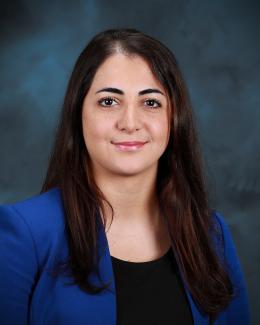A study led by Oak Ridge National Laboratory explored the interface between the Department of Veterans Affairs’ healthcare data system and the data itself to detect the likelihood of errors and designed an auto-surveillance tool to help improve overall quality and safety. The team’s computing method can scan data for more than one million patients and push system error alerts for the VA to review and address. “Similar surveillance tools can detect human errors, but our major focus is routing out machine-generated errors that could lead to unintended consequences in health IT,” said ORNL’s Olufemi (Femi) Omitaomu, co-author of the published study. Feedback from the VA’s review informs improvements to the surveillance tool. The next phase will involve machine learning techniques for smarter, faster error detection. Over time, the VA’s platform will run more smoothly, accurately and efficiently in real-time, enabling a quicker response to potentially unsafe conditions in or functionality of health IT.
Media Contact








